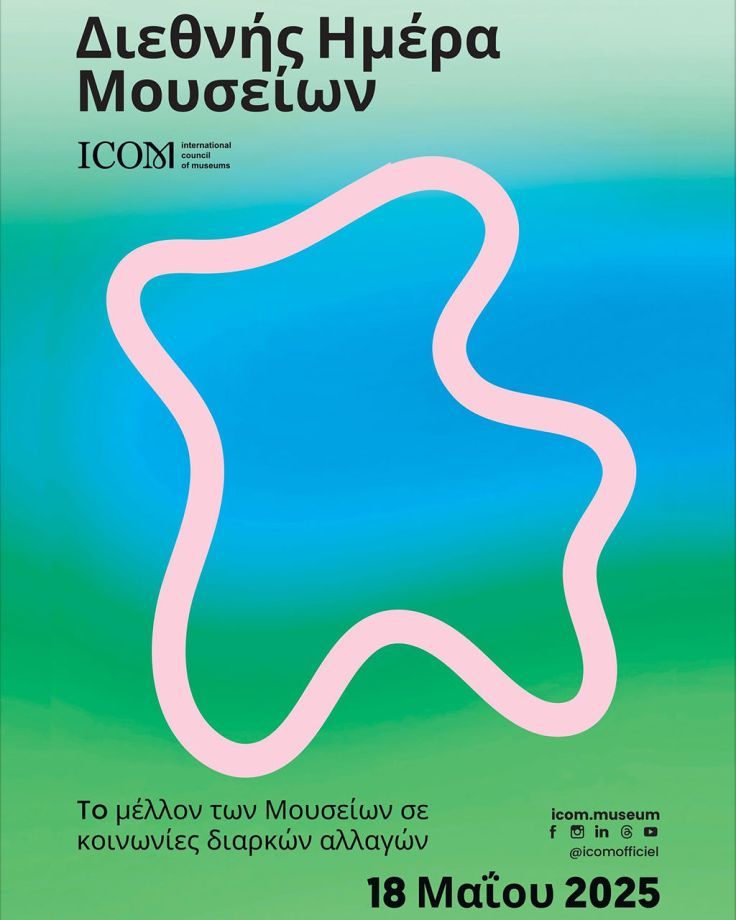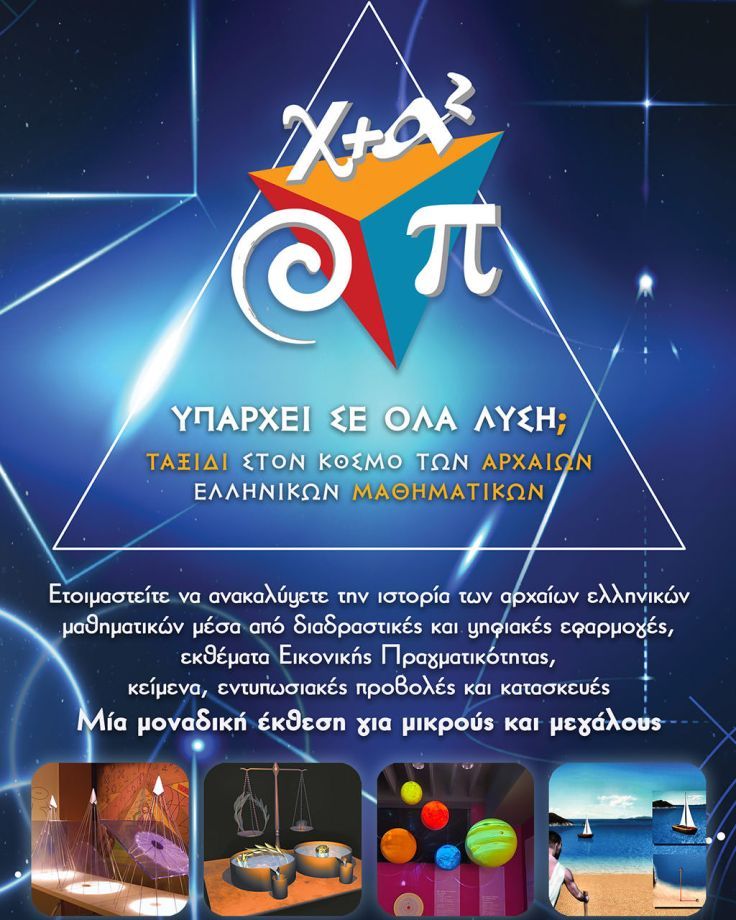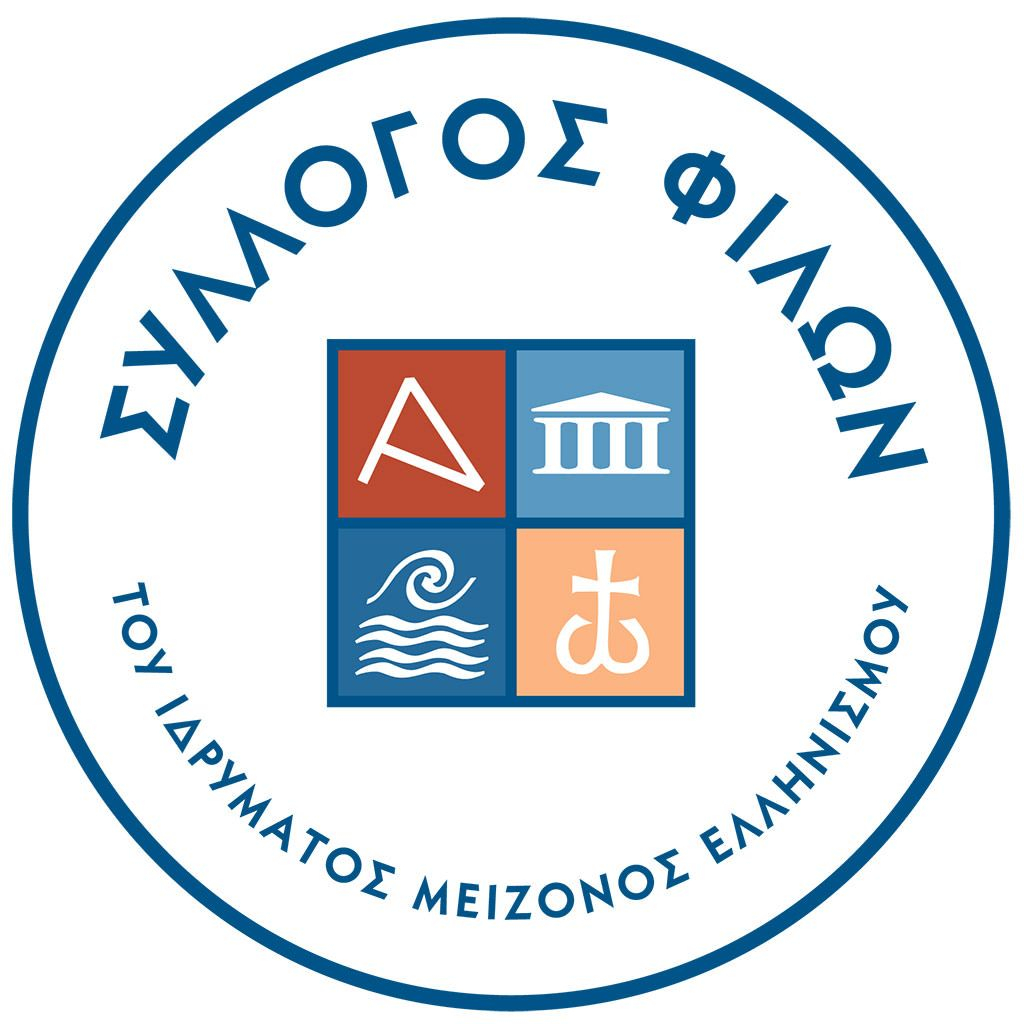Η Πριήνη της Μικρασιατικής Ιωνίας, η εκτενέστερα ανεσκαμμένη ελληνιστική πόλη της Μικράς Ασίας και ένα εξαιρετικό δείγμα της ελληνιστικής αρχιτεκτονικής, ζωντανεύει στην παραγωγή του ΙΜΕ «Περιήγηση στην Αρχαία Πριήνη». Με τη δημιουργία ενός δομημένου περιβάλλοντος σαφούς και ισορροπημένου, η πόλη εξέφρασε την ώριμη φιλοσοφική και πολιτική σκέψη των κλασικών χρόνων. Δημόσια κτήρια, ιδιωτικές κατοικίες και ναοί αποτελούν τους σταθμούς της περιήγησης στη μικρασιατική αυτή πόλη.
Η πόλη που παρουσιάζεται χτίστηκε το 370 π.Χ. Ωστόσο, οι αναφορές στις πηγές έως το 330 π.Χ. είναι ελάχιστες και η εξαγωγή ασφαλών συμπερασμάτων για την αρχαιότερη πόλη σχεδόν αδύνατη. Γνωρίζουμε ότι ανήκε στην Ιωνική Δωδεκάπολη και πήρε μέρος στην Ιωνική Επανάσταση, ενώ από εκεί καταγόταν ένας από τους Επτά Σοφούς της Αρχαιότητας, ο Βίας ο Πριηνεύς.
Στα ώριμα βυζαντινά χρόνια η πόλη παρήκμασε και έπαψε να κατοικείται, χωρίς όμως ποτέ να υποστεί ολοκληρωτική καταστροφή ή να ανοικοδομηθεί εκ βάθρων. Έτσι λοιπόν η Πριήνη αποτελεί ένα ασυνήθιστα πλήρες ιστορικό στιγμιότυπο, αφού η βασική πολεοδομική διάταξη, τα δημόσια κτήρια και τα τείχη της πόλης ανήκουν όλα στη μία και μοναδική φάση ακμής, το 2ο αιώνα π.Χ. Η ρυμοτομία της πόλης έγινε με βάση το Ιπποδάμειο σύστημα, το οποίο ο Αριστοτέλης θεωρεί ότι ανταποκρίνεται στην ιδανική πόλη.
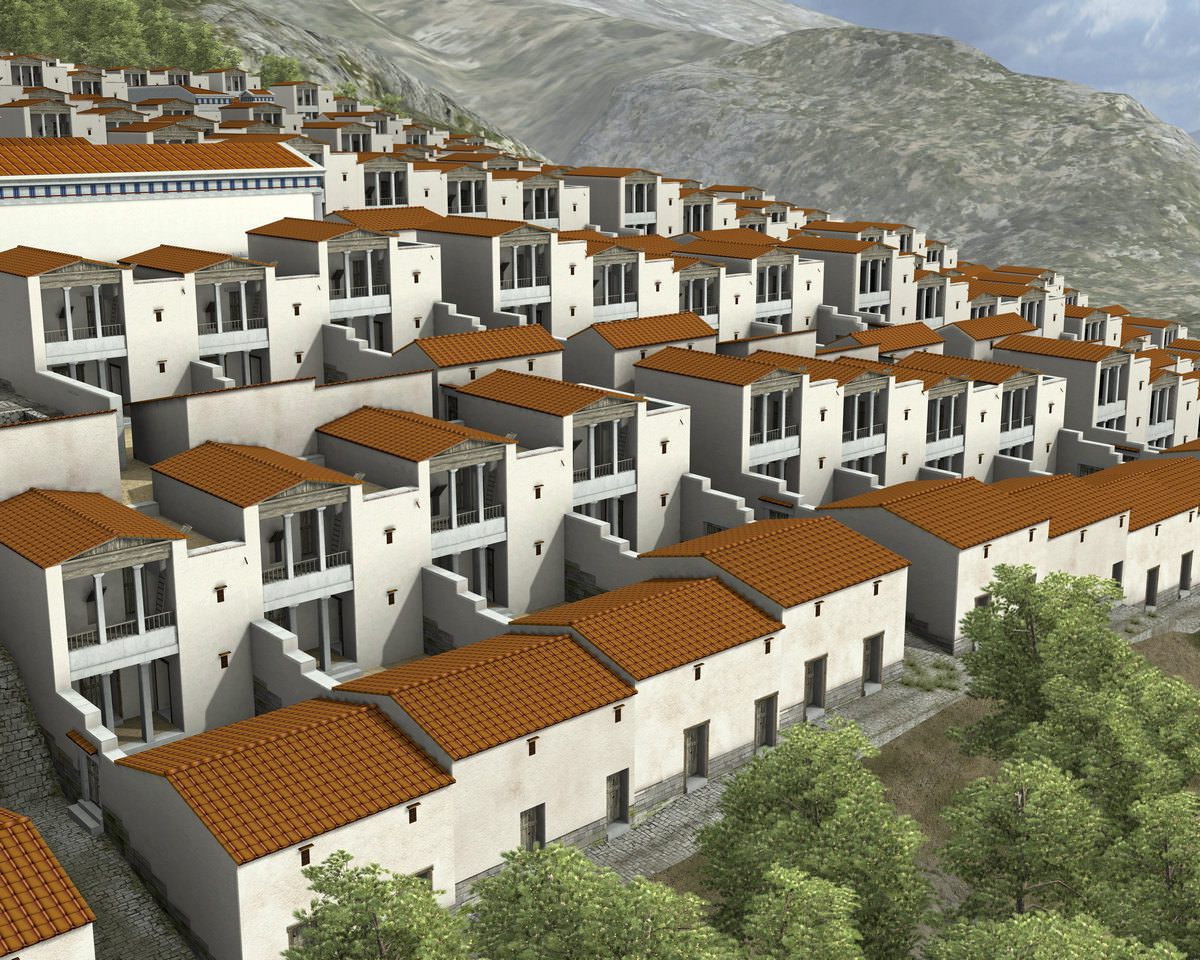
Στα Ρωμαϊκά χρόνια, η πόλη περιήλθε στη σφαίρα επιρροής της Ρώμης και από το 129 π.Χ. εντάχθηκε στη νεοϊδρυθείσα ρωμαϊκή επαρχία της Ασίας. Στους επόμενους αιώνες παρατηρείται συρρίκνωση της πόλης. Ο ναός της Αθηνάς και τα γυμνάσια εγκαταλείφθηκαν. Τα υλικά τους χρησιμοποιήθηκαν για την κατασκευή βασιλικής που χτίστηκε στο κέντρο της πόλης, καθώς και για κατοικίες στη θέση του παλαιού γυμνασίου.
Από τα μέσα του 10ου αιώνα η Πριήνη γνώρισε εκ νέου μια περίοδο ακμής. Μεταξύ του 11ου και 13ου αιώνα η πόλη έγινε γνωστή με την ονομασία «Σαμψών» και αποτελούσε κέντρο μεγάλων αυτοκρατορικών επισκέψεων στην κοιλάδα του Μαιάνδρου, ενώ στο δεύτερο μισό του 13ου αιώνα περιήλθε στο τουρκικό κράτος. Το 1673 Άγγλοι έμποροι από τη Σμύρνη ανακάλυψαν την Πριήνη και έναν αιώνα αργότερα άρχισαν οι αρχαιολογικές ανασκαφές.
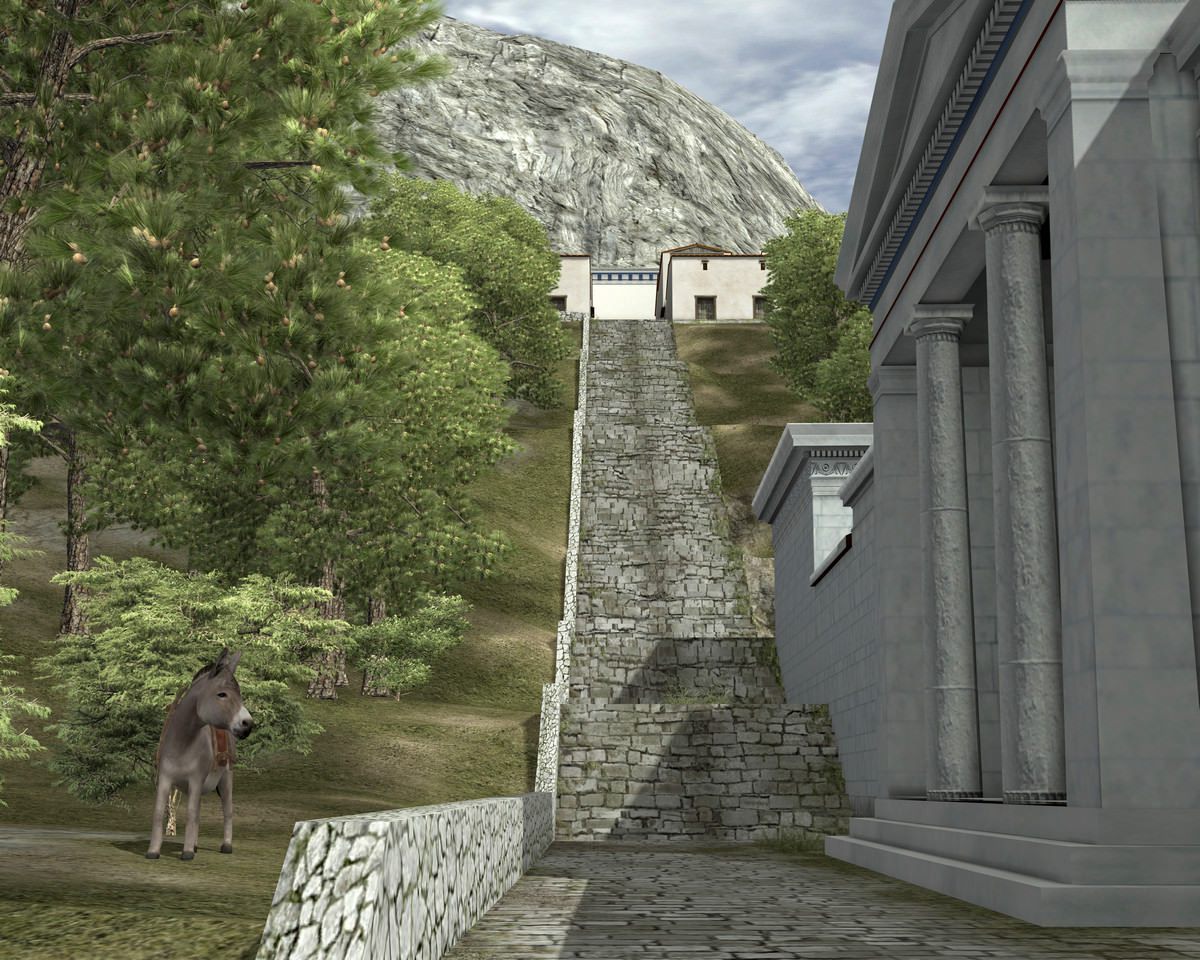
Η διαδραστική περιήγηση στην Πριήνη στο δεύτερο μισό του 2ου αιώνα π.Χ., εποχή της ακμής της πόλης, προσφέρει μια εποπτική εικόνα σε ένα πλήρες και ομοιογενές οικιστικό σύνολο: Tο Eκκλησιαστήριο της πόλης είναι ένα από τα διασημότερα δείγματα του συγκεκριμένου κτηριακού τύπου, ενώ ο ναός της Aθηνάς Πολιάδος θεωρείται μνημείο-κλειδί στην εξέλιξη και μετρολογική τυποποίηση της μικρασιατικής αρχιτεκτονικής. Ο ναός, έργο του Πύθεου, ακόμη και τριακόσια χρόνια αργότερα αναφέρεται ως ισάξιος του Παρθενώνα.
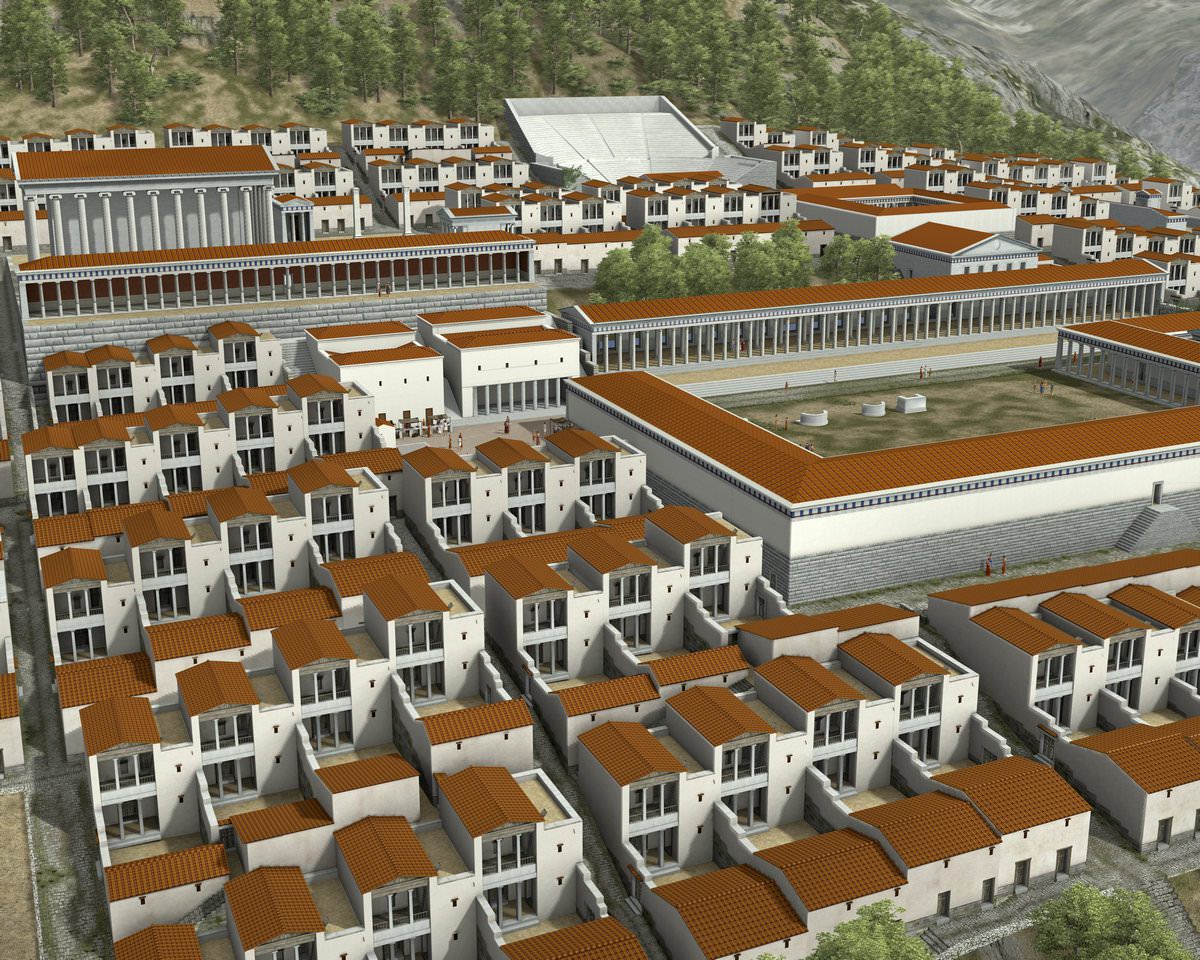
Η πόλη χτίστηκε κατά το ιπποδάμειο σύστημα, ακολουθώντας αυστηρή γεωμετρική χάραξη. Όντας μία από τις πιο επικλινείς πόλεις της αρχαιότητας, για την ανέγερση δημόσιων κτηρίων, ιερών και συγκροτημάτων κατασκευάστηκαν εκτεταμένες τεχνητές πλατείες με επιχωματώσεις και ισχυρούς αναλημματικούς τοίχους. Τα δημόσια κτήρια χαρακτηρίζονταν από ιδιαίτερη επιμέλεια στην κατασκευή τους, ενώ οι κατοικίες ήταν οργανωμένες σε οικοδομικά τετράγωνα, που περιλάμβαναν συνολικά οκτώ ίδιας επιφάνειας κατοικίες -σε δύο σειρές των τεσσάρων-, με τις απαραίτητες πάντοτε προσαρμογές, ανάλογα με τη θέση τους στο οικοδομικό τετράγωνο.
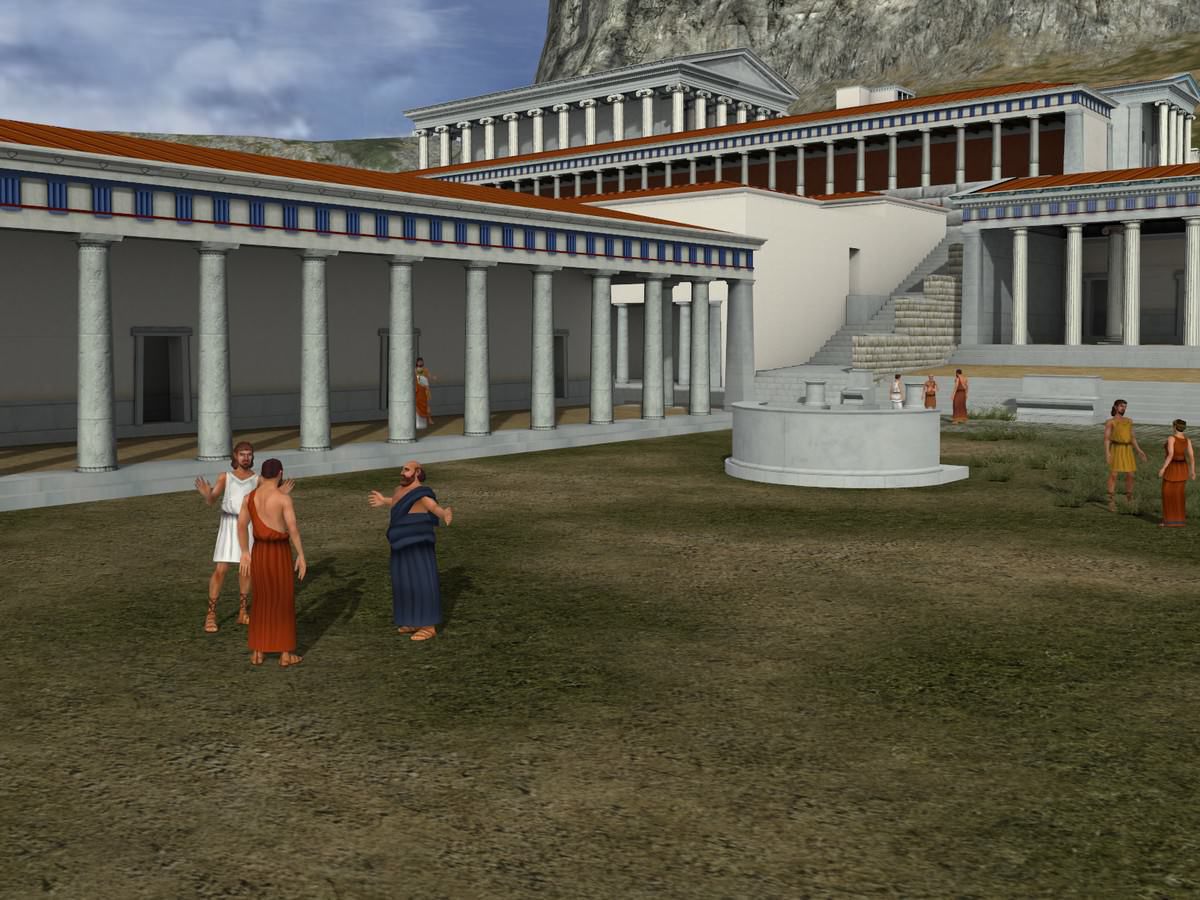
Στην περιήγησή μας θα έχουμε τη δυνατότητα να γνωρίσουμε, εκτός από τις κατοικίες, την Αγορά με τις Στοές της, το Εκκλησιαστήριο, το Πρυτανείο, το ιερό της Αθηνάς Πολιάδος με το ναό και το βωμό του, το ιερό του Διός, αλλά και τα υπόλοιπα ιερά. Το Θέατρο και τα Γυμνάσια θα κλείσουν τη διαδρομή μας σ’ αυτή τη μικρή αλλά τόσο ενδιαφέρουσα μικρασιατική πόλη.


